Italy, which ranks fifth in
the world in terms of wine consumption, has enjoyed a
relationship with wine that has spanned millennia. Wine is
an integral part of Italy’s culture, gastronomically,
economically, socially and otherwise. The country’s wide
variety of microclimates, soil conditions and regional
traditions have all contributed to its rich and dynamic
enological heritage that boasts over 2,000 autochtonus
varietals along with some of the world’s most beloved wines.
Let’s explore five of Italy’s greatest wine regions and
identify the best wines produced in each unique terroir.

Piedmont
Italy‘s northern Piemonte region produces some of the
country’s most renowned red wines: Barolo and Barbaresco.
Nestled within the Po River Valley, the region is flanked by
the frosty Alps up north and is in close proximity to the
balmy Mediterranean, climates which create a characteristic
fog that helps to ripen the Nebbiolo grape used in both of
these wines. Nebbiolo produces lightly-colored red wines
that are bold, tannic and age well, becoming richer and
rusty-colored with time. Barolo, nicknamed “the King of
Wines”, develops a rich perfume with touches of licorice,
rose and truffle when aged and pairs well with important
dishes such as red meat and other hearty fare. Other popular
grapes grown in Piemonte are Barbera and Dolcetto, both of
which are considered more “everyday” wines; they should be
enjoyed young and have soft tannins, making them more
palatable and versatile with food pairings. Barbera produces
wines with a rich, fruity flavor while retaining a light
mouthfeel while Dolcetto is well-balanced in terms of
acidity and tannins.
Tuscany
Tuscany is home to Italy’s most scenic vineyards, verdant
rolling hills and likely the country’s best known wine,
Chianti. It is Italy’s most ancient wine-producing region,
dating back to the 8th century BC, and its wines are often
blends that incorporate its native Sangiovese grapes.
Sangiovese produces tannic, acidic wines that span a range
of flavors depending on the local environment: from earthy
to, often, fruity. Chianti is made with at least 80%
Sangiovese and the Chianti region itself spans a large area
of Tuscany, comprising multiple towns and villages that
produce the wine. Brunello di Montalcino, which is made with
100% Sangiovese grapes, is esteemed even more highly and
together with Barolo and Barbaresco makes up the “Three Big
B’s” of Italian wine.
Tuscany’s best white wine is Vernaccia di San Gimignano,
made from the Vernaccia grape that produces a crisp, citrusy
flavor. Of course you can’t talk about Tuscany without
mentioning its most famous dessert: twice-baked cantucci (or
biscotti) dipped in Vin Santo, an ambrosial sweet wine made
from Trebbiano and Malvasia grapes
Veneto
Northeastern Veneto is among Italy’s most productive wine
regions, best known for producing its sparkling Prosecco
wine. This white wine is produced north of Venice in a
region called Valdobbiadene and is famously considered to be
a less expensive substitute for Champagne, with lighter
bubbles and less persistence on the palate. Prosecco is made
primarily from Glera grapes though other grape varieties can
be incorporated in a small percentage. The region’s cool
climate near the Alps helps grow some fresh and crisp white
wines such as Soave, made from Gargenega grapes, and fruity
Pinot Grigio. Around the warmer areas, close to the Adriatic
and Lake Garda, notable red wines are produced such as
Valpolicella, Amarone and Bardolino.
Sicily
The largest island in the Mediterranean, Sicily has perfect
conditions for growing wine and, in fact, is the region with
the most vineyards in Italy. It’s famous for its sweet
Marsala, a wine that’s fortified with Brandy that is often
used in cooking to create rich, caramel sauces but can also
be enjoyed as a sipping wine. Zibibbo is another aromatic
sweet wine that’s produced in the Sicilian island of
Pantelleria, though instead of being fortified, the grapes
are left to ferment in the sun giving it similar
characteristics to Marsala but with a lower alcohol content.
In terms of drinking wines, Nero d’Avola is ubiquitous in
Sicily. It’s a rich, full-bodied red wine with high acidity
and robust tannins. The more mild wines produced around
Mount Etna are becoming increasingly popular, made from
grapes such as Nerello, Frappato and Catarratto.
Emilia-Romagna
The large, fertile Emilia Romagna region spans nearly all of
central Italy from the east to the west coast and is one of
the country’s oldest wine producing areas. It produces the
renowned Lambrusco, a sparkling red wine that’s made with a
grape of the same name that was first cultivated by the
ancient Etruscans. It comes in varying degrees of dry versus
sweet and often has high acidity and notes of berry.
Interestingly, it’s often much more refined than the
ultra-sweet exported versions found abroad. Regional wines
pair well with traditional cuisine and Lambrusco is an
excellent match for the Emilia-Romagna’s rich dishes such as
fatty meats, creamy lasagna and cheesy tortellini, aiding in
the digestion of these foods. Other dominant varieties grown
in the region include Malvasia, Trebbiano, Barbera and
Sangiovese.
|
WhatsApp: (+852) 6393 6565
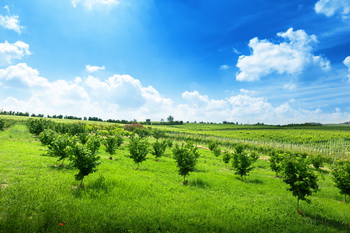
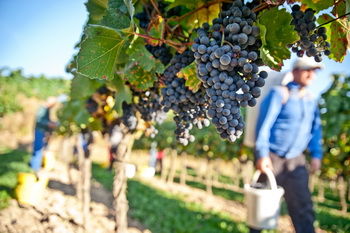
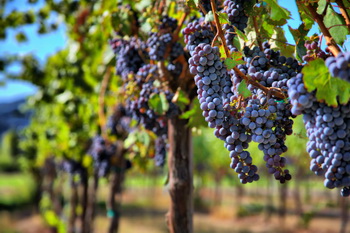
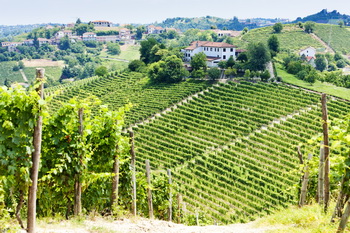
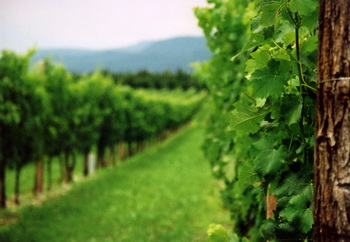
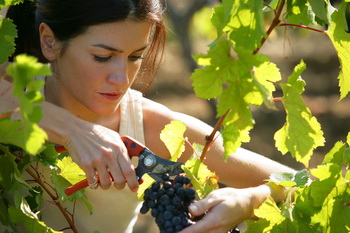

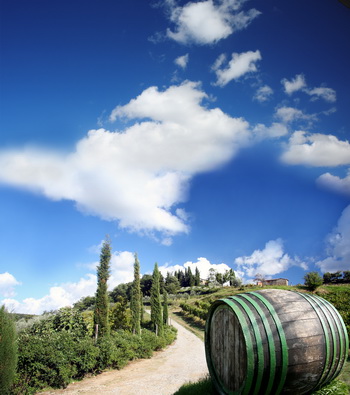

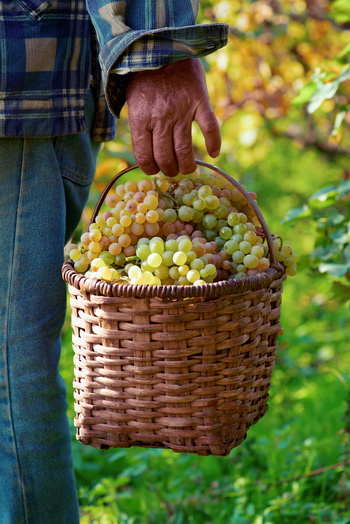
|